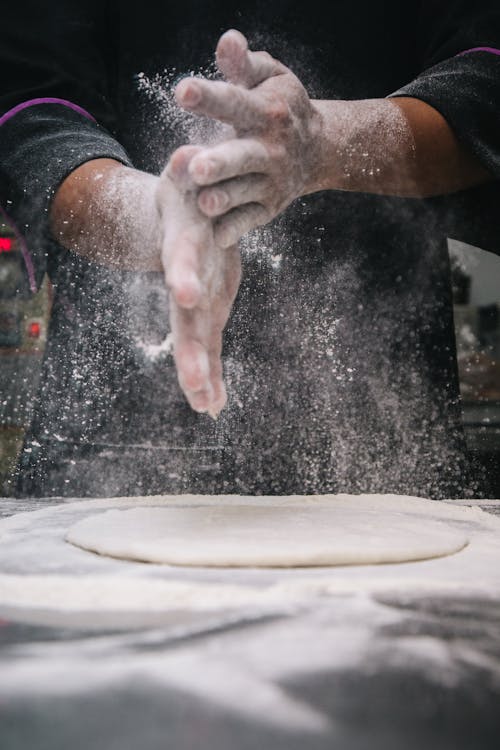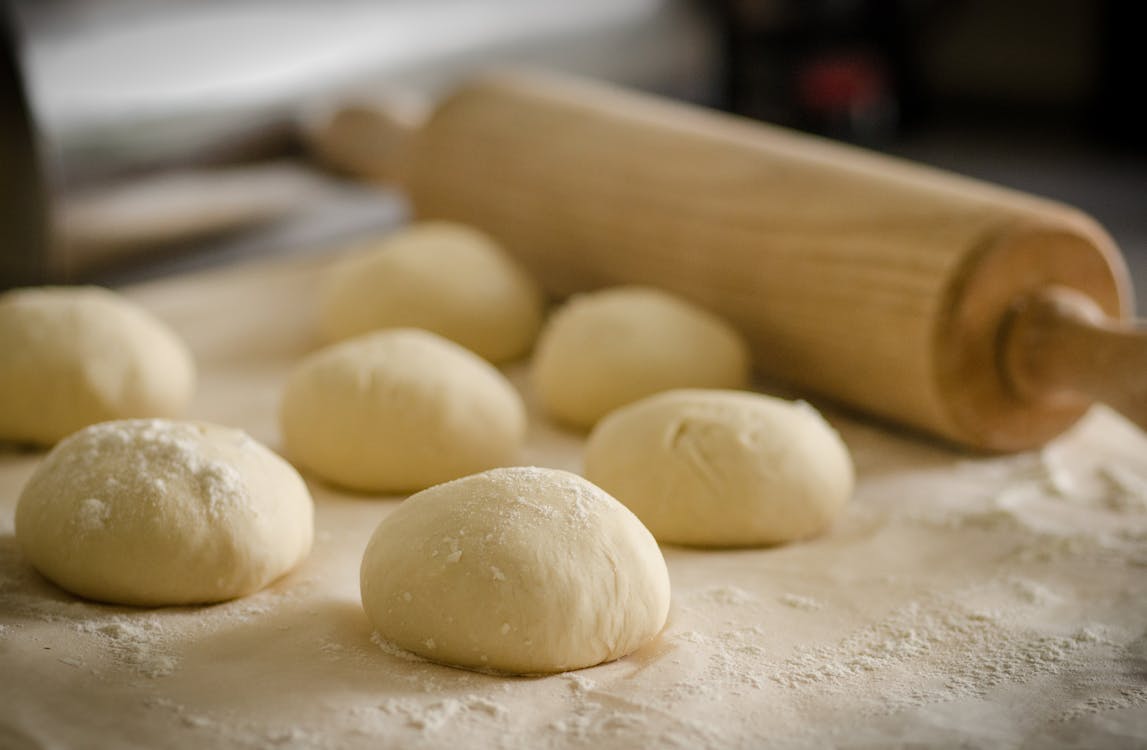Over the past few years, Baking classes have become a popular beginner hobby and even an official part of education. Bakers compete in competitions such as Baking Games, Challenges, and Competitions. If you want to try your hand at it, then read on for some great tips and tricks to consider when attempting Baking Classes.
– Avoid using recipes from other cooking classes unless you are familiar with them. The ingredients used may not react the same way you expect – especially if other types of flour or sugar were previously used.
– You should always use baking powder that has been kept airtight and stored in a dry space (such as a cupboard). Never substitute buttermilk for powdered milk or vinegar for baking soda. This is designed to give a lot of lift while keeping them light and fluffy. It can make your masterpiece too dense if used alone but works well in combination with other leaveners (“rising agents”) such as yeast.

– Don’t forget that these goods should be stored in an airtight container after cooling if they are not going to be eaten immediately. These tend to go stale within 2 days when kept open to the air – which allows moisture to escape and oxygen (which causes oxidation) to get in.
– If you want your goods at a higher temperature for a shorter amount of time, then use a convection oven. Baking classes with shortening the learning curve and will make you cook more quickly than doing it without either of these ingredients, so your creations that are cooked in this way tend to sink in the middle when cool.
– If you want your goods baked at a lower temperature for longer, then use a regular oven (without convection). These creations will be less likely to fall in the middle because there is no sudden decrease in temperature. This type tends to look cakey on top and dry on the outside when cooled but stays relatively moist inside whilst still cooking through.
– For best results when making Biscuits, make sure all of your ingredients are cold (especially if you are using butter) and in a cold oven. Biscuits benefit from slow Baking to allow the Breading to set and brown evenly; which allows them to rise more evenly.

What to expect
– Times can vary widely depending on your altitude (so some may take longer to cook), orientation towards the sun (south-facing tend to dry out faster than north-facing ones), humidity levels (dry air evaporates moisture, making them harder), and other factors such as how many you have stacked together or placed near a heat source. You should always follow the recipe rather than go by time alone.
– To test whether your goods are baked all the way through, pick them up gently with your glove and lightly bang the top. It should sound hollow rather than dense.
– If you need more breading to cover your masterpieces such as Biscuits or Doughnuts, you can always attach breading like a patch over the top with breading adhesive (such as egg whites) and/or glue. To make sure no freezing gets into the center of your goods during the application, place the patch on before using an Exacto Knife.
– If you are measuring out ingredients for your desserts recipe by weight rather than volume, remember that 1 cup of granulated sugar weighs around 220 grams. You should lightly spoon flour into your measuring cup then level it off with a knife. 4 cups of icing sugar will weigh around 500 grams – so if you are pressed for time you might want to consider Baking Classes to sharpen your skills in the kitchen.

